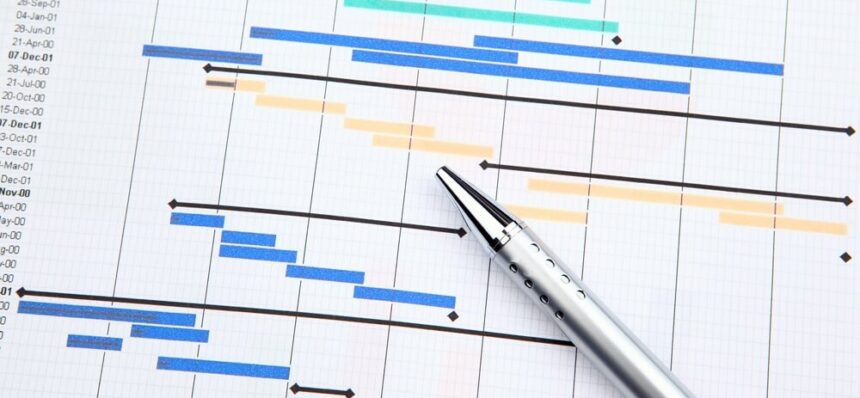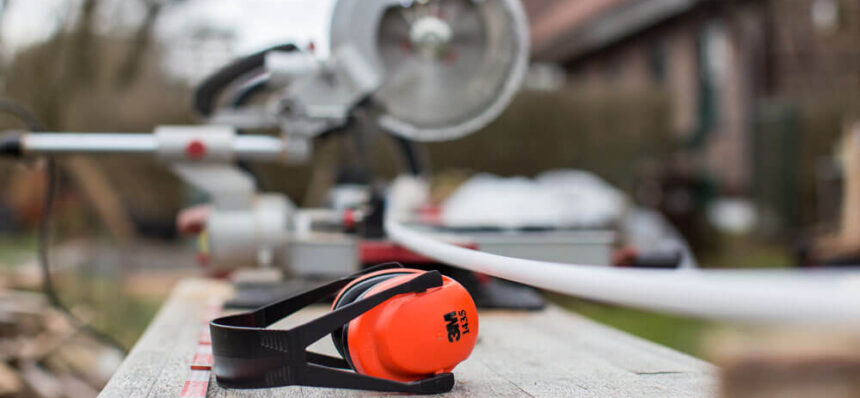In Part 1 of this series, we outlined the basics of cost management and its overall impact on your business, from resource planning to cost control. When costs are monitored continually from the start, the chance of keeping costs at a minimum increases, as does our ability to increase overall profitability.
As a contractor, you already know how important your bottom line is, but that doesn’t mean you have the secret recipe to drive profits the way you want.
The reality is that there is no secret recipe for profitability. Instead, contractors should focus on what they can control. By understanding the impacts of common factors, like cost management, the over/under-utilization of resources, and field data management, construction managers can begin to take back control and improve overall profitability.
This article will dive into resource utilization and its role in supporting a healthier bottom line.
Tackling under/over utilization and idle resources
Under and over utilization of resources puts a strain on your business and negatively affects profitability. Resources are anything required to carry out the tasks associated with a job, including equipment like trucks or excavators and labor such as workers and administrative staff.
In construction, resource costs are often high. Unplanned equipment downtime, for example, could cost a company with 50 pieces of equipment up to $2 million annually. Similarly, overutilization of labor resources could increase illness, injuries, and lost production due to absences.
Labor utilization
Impact of Labor Utilization
Failing to distribute your teams evenly means it is more likely that overqualified workers are scheduled for simpler projects, or under qualified workers are assigned to more complex projects. Plus, when certain workers are in constant demand, they have no time to rest and recharge, nor do businesses have the time to coach and develop the workers who need it. Because of this, projects will take longer, require more workers, or cost more to rectify low-quality work.
In October 2021, unfilled construction positions were at the second-highest since data collection began in 2000. With a shortage of construction workers, contractors often have no choice but to work with what they have. This is why it is critical to optimize your labor utilization. Without the right personnel on the job, projects are more likely to be delayed, and the risk of rework increases.
Audit of Labor Utilization
Start by assessing your workers’ competencies in all skill areas through observation, peer reviews, and talking to supervisors. The best workers in each skill area should be distributed evenly across your active projects, ensuring that each gets a quality crew. Your best workers should be encouraged to share their knowledge with others to help improve the overall team’s work.
Equipment utilization
Impact of Equipment Utilization
Ensuring that equipment is being properly used and only for authorized projects plays a direct role in keeping jobs to schedule and unexpected costs to a minimum. With depreciation, maintenance, and insurance coverage, idle or underutilized equipment incurs costs without the benefit of offsetting income. Conversely, overutilized equipment requires more maintenance and has a shorter lifespan, leading to higher replacement costs because it has to be replaced sooner and requires more downtime for maintenance. Therefore, contractors need to assess the usage of their equipment and the skilled workers who operate them to determine where losses are taking place.
Audit of Equipment Utilization
Take inventory of your equipment and its usefulness. Find out where each unit spends its idle time – delayed projects, your yard, or the shop. Also, determine the outstanding maintenance required for each piece of equipment. With this information, you can assess your use of each piece of equipment and determine if it is being used to its greatest capacity. Plus, monitoring the proper use of equipment will lead to longer life spans, reduction in maintenance costs, and safer job sites.
How technology can help
Using technology to optimally schedule your crews and equipment will help drive your productivity in the office and field, ultimately improving your profitability. Within ten years, the World Economic Forum expects full-scale digitization in the industry could lead to $0.7-1.2 trillion savings in the design and construction phases. In addition, the use of artificial intelligence has the potential to increase industry profits by 71% by 2035.
Optimally scheduling workers means scheduling them based on competency, ensuring that those with the right skills are on the job when they need to be. Similarly, equipment should be scheduled by proximity to the jobsite, which reduces travel and downtime. Effective scheduling also considers maintenance needs and compliance, such as up-to-date licensing and insurance. Technology can capture these competencies and expedite the scheduling process, enabling managers to plan instead of reacting.
“We previously used a whiteboard that was rarely updated or accurate to keep track of our equipment. Now, I have a complete view and even get reminders on the status of our equipment as soon as I log in.”
Chase Norring, SPR Traffic Services
Information gathered by technology can provide the necessary data and analysis to help companies run more effectively. For example, teams can see an overview of their resources in calendar view, projects in map view, project dashboards, and quantity/production tracking.
Technology also provides project teams with real-time data in the field. With mobile devices and cloud accessibility, managers know where their workers and equipment are at all times. So, when an urgent need comes up, they can respond quickly without trying to locate the personnel and equipment they need.
Built for the industry by industry professionals, we understand the intricacies of construction projects. Assignar minimizes these complexities with a construction scheduling solution that offers insights into how businesses can run more effectively and increase profit margins. To learn more, schedule a demo to see how seamless it can be.





